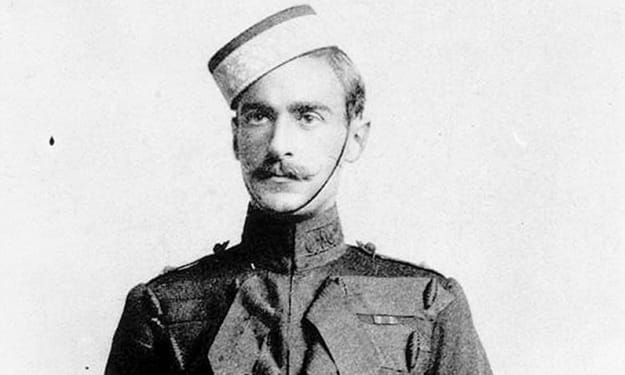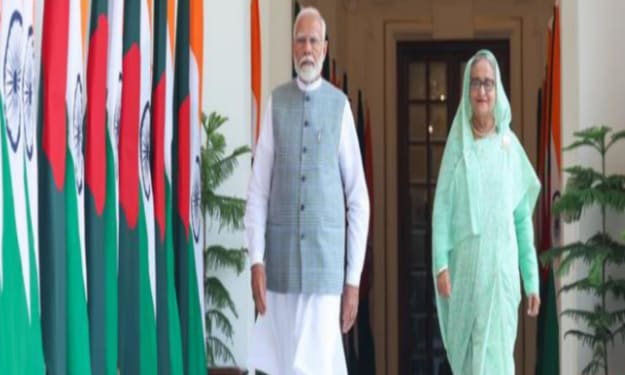The History Of Popcorn!
Follow the development of popcorn through the Americas and the 20th century, when its popularity skyrocketed.
The ferocious transformation of hard seeds into puffs that resemble clouds is marked by soft percussion and a toasty smell.
This is how popcorn is made, which is nearly miraculous.
But how did we come to have this bizarre food?
Teosinte is a tall grass that Indigenous people in what is now southern Mexico started carefully cultivating some 9,000 years ago. Teosinte is the source of all the corn consumed today.
Historically, an ear of teosinte produced between 5 and 12 tiny kernels, each with a tough outer shell known as a pericarp.
And certain types had a wonderful trait: their kernels would explode at a specific temperature.
Water and starch are firmly contained within the pericarp of popcorn kernels, which is why they pop.
The moisture within turns into steam when it's heated.
The solid starch becomes a gel-like substance when it expands by raising the internal pressure.
When the pericarp eventually gives way under the pressure, steam and starch expand to form a foam that quickly cools and dries in the air.
The substances that give popcorn its powerful scent also erupt from this small-scale explosion.
Other maize cultivars with larger, more delicious kernels and thinner pericarps were grown by ancient Indigenous Americans.
However, the hard-shelled, poppable type remained and expanded across some of the Americas.
Native Americans were using corn in a variety of ways by the time European invaders arrived in the late 1400s.
They didn't consume a lot of popcorn.
The preparation of "toasted" or "parched" maize and its use in select Aztec feasts and celebrations were, however, mentioned in European chronicles.
Even though they were first reluctant, settlers gradually started growing and popping corn.
They initially employed procedures that were erratic and disorganized.
However, the procedure became simpler after "wire over the fire" baskets were developed around 1837.
Popcorn quickly gained popularity and blossomed with the reputation of being an inexpensive, enjoyable snack.
In the years that followed, it developed into a staple at gatherings and hundreds of dishes that combined popcorn with savory and sweet elements appeared.
But the popularity of popcorn had not yet peaked.
The first popcorn machine, a wagon that sprinkled seasoning over popcorn while it cooked, was displayed at the 1893 World's Fair by an inventor.
Vendors using similar gadgets could soon be spotted roaming US city streets.
It's interesting to note that at the time, movie theaters were among the few places in America where popcorn wasn't served.
Many movie theater owners believed that popcorn was a filthy, low-class street meal and that their businesses were a part of a noble theater history.
However, cinema offered the people a pleasant diversion when the Great Depression began in 1929.
Additionally, they had lately switched from being silent and subtitled to adding sound, opening them up to a wider audience, including those who are illiterate.
Popcorn proved to be a cheap luxury for moviegoers at around five or ten cents a bag, so theater owners pounced on the money-making potential.
Currently, a medium bag of popcorn might only cost 60 cents to produce, but it sells for roughly $6 at retail—a 1,000% markup.
Nearly 40% of all movie theater income come from popcorn sales, which aid in reducing the hefty fees that cinemas must pay to the film industry.
People in the Americas have continued to pop corn for the past century, and various preparations have become popular in markets around the world.
Popcorn popped off once more in the 1980s when microwave popcorn was introduced.
Popcorn is now grown in the US in dozens of varieties.
When their kernels explode, various strains take on diverse shapes, most frequently resembling "mushroom" and "butterfly" morphologies.
Furthermore, they were developed for maximum poppability.
Popcorn expands by twice as much as it did a century ago; currently, when popping, kernels can grow up to 50 times their original size.
Popcorn has advanced considerably.
About the Creator
Luna
(Almost) Daily exploration of the captivating stories that history has to offer!!!
Enjoyed the story? Support the Creator.
Subscribe for free to receive all their stories in your feed. You could also pledge your support or give them a one-off tip, letting them know you appreciate their work.
Reader insights
Nice work
Very well written. Keep up the good work!
Top insights
Eye opening
Niche topic & fresh perspectives
Heartfelt and relatable
The story invoked strong personal emotions







Comments (1)
Great article for I am a popcorn eater that likes all the flavors that are out there.